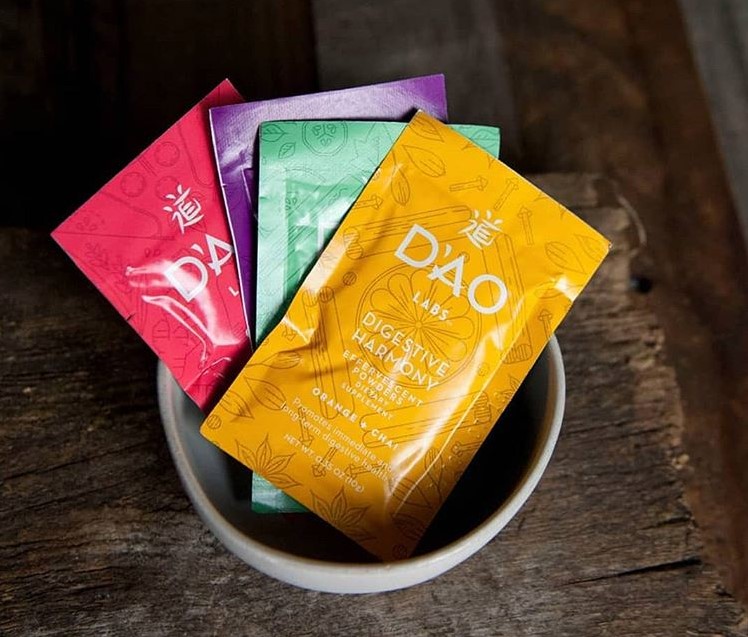In Traditional Chinese Medicine (TCM), dried ginger soup and licorice have well-known benefits for fighting cold and flu symptoms—and administrative staff in hospitals in China who have no direct contact with patients have been said to take it daily.

Guizhi Tang, a cinammon-based remedy, a fungus called Fuling, and popular herb Bai Zhu are being added to the daily diet of doctors who are working in fever clinics in the region for their perceived benefits for boosting the immune system and aiding in digestive health.
As modern science races to find a cure for COVID-19, people are turning to traditional TCM as an alternativepath. And as the virus continues to spread all over the world, people are advocating the well known benefits of TCM’s 2,500 year history of efficacy, that includes successfully managing other infectious diseases such as cholera, measles, smallpox, and SARS.
Back in 2015, a professor, speaker and Doctor of Chinese Medicine, Dr. Eric Karchmer Ph. D, L.Ac, unveiled his research on this very topic. In his 2015 paper, “Slow Medicine: How Chinese Medicine Became Efficacious Only for Chronic Conditions,” he spoke to over 40 doctors in China who successfully used TCM as a way to treat the aforementioned diseases using herbs and acupuncture a couple of generations ago.
Today, his research is more relevant than ever. While there is still no known treatment for COVID-19, scholars, including Dr. Karchmer,believe that historical evidence demonstrates that TCM might be an effective alternative to help manage symptoms. TCM’s approach to managing the disease is strongly anchored on prioritizing the body and its clinical presentations. How? By disrupting the body’s internal micro-environment, which allow microbial infections to flourish. In short, TCM could potentially treat infections by preventing it from multiplying in the body, instead of directly killing the infectious agent, the way modern medicine does.
The global rise of biomedicine, the availability of antibiotics, as well as further developments and access to advanced healthcare systems shifted focus away from TCM. However, as a medical anthropologist, Dr. Karchmer’s data gathered from senior doctors of Chinese medicine who practiced in the 1930s continues to advocate the strength of TCM and its possibilities for helping manage chronic symptoms today. They cite the SARS outbreak in 2003 as an example, where people turned to TCM and saw promising results for both prevention and treatment of the virus.
According to a paper published in the American Journal of Chinese Medicine—
“Positive effects using … herbal therapy included better control of fever, quicker clearance of chest infection, lesser consumption of steroids and other symptom relief. In a few reports, some evidence of immunological (boosting) was also found. More caution is required on the allegation about the efficacy of herbal medicine for the treatment or prevention of viral infection affecting the respiratory tract.”
Based on this and numerous other research, there’s a real possibility that TCM can be used in conjunction with today’s modern healthcare techniques. In the absence of any effective vaccine or antiviral treatment to address COVID-19, integrating TCM as a way to prevent infection and maybe even manage symptoms is an option that can be explored given the realities that the world faces today.

Fact is, the world is months away from a real solution to this pandemic, but evidence of the efficacy of TCM should not be overlooked. In recent years, the World Health Organization has formally recognized more traditional medical therapies that include acupuncture and herbal supplements that allowed such practices to gain better foothold among mainstream users. Coupled with research that demonstrates strong evidence of its efficacy, first hand and anecdotal experience from patients, and a 2,500 provenance, it’s clear that TCM remains a viable and relevant alternative that should certainly be explored further.


